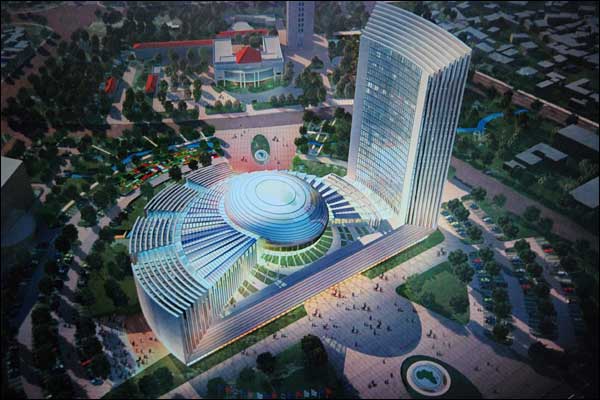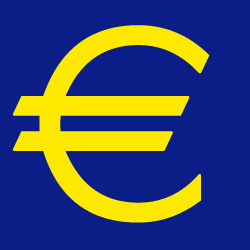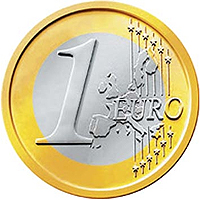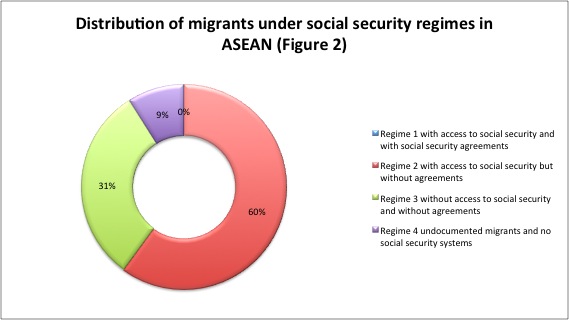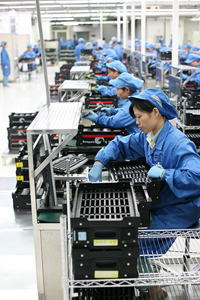Chinese and US health programs in Africa have more in common than you might think
Concerns have been expressed in the Western media that Chinese aid to Africa represents a form of “new colonialism.” However, comparing Chinese and US health programs in Africa suggests that the two have more in common than might be expected. Both countries’ health efforts in the region share similarities in terms of objectives, priorities and challenges. Foreign aid from the PRC and the US is provided not only as development assistance but also as a tool of soft power. Both the PRC and the US shape some of their health efforts to boost friendship and goodwill across Africa. Public opinion polls suggest that both countries are generally viewed positively by Africans.

